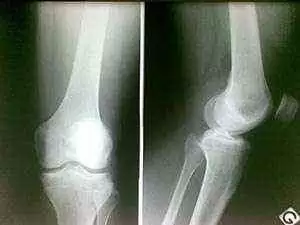
Celiac.com 08/26/2013 - Celiac disease and its cutaneous manifestation, dermatitis herpetiformis are both disease marked by sensitivity to gluten. Metabolic bone disease is common among in people with celiac disease, but there isn't much data on rates of bone density in patients with dermatitis herpetiformis.
A team of researchers recently set out to determine if dermatitis herpetiformis triggers bone loss, as does celiac disease.
Celiac.com Sponsor (A12):
The research team included K. Lorinczy, M. Juhász, A. Csontos, B. Fekete, O. Terjék, P.L. Lakatos, P. Miheller, D. Kocsis, S. Kárpáti, Tulassay Z, Zágoni T.
For their study, the team wanted to compare bone mineral density (BMD) of celiac and dermatitis herpetiformis patients.
The study group included 34 celiac patients, 53 with dermatitis herpetiformis and 42 healthy controls.
Average age for celiac patients was 38.0 +/- 12.1 years, for dermatitis herpetiformis it was 32.18 +/- 14.95 years, while it was 35.33 +/- 10.41 years for healthy control subjects.
The team used dual-energy X-ray absorptiometry to measure bone mineral density of the lumbar spine, the left femoral neck and radius.
They defined low bone density, osteopenia and osteoporosis as a body mass density (BMD) T-score between 0 and -1, between -1 and -2.5, and under -2.5, respectively.
They found decreased BMD in the lumbar region, consisting of dominantly trabecular compartment, in 26 patients (49%) with dermatitis herpetiformis, 21 patients with celiac disease (62%), and in 12 of the healthy control subjects (29%).
They also measured lower BMD at the lumbar region in dermatitis herpetiformis and celiac patients, compared to healthy subjects (0.993 +/- 0.136 g/cm2 and 0.880 +/- 0.155 g/cm2 vs. 1.056 +/- 0.126 g/cm2; p < 0.01).
They found no difference in density of bones consisting of dominantly cortical compartment (femoral neck) between dermatitis herpetiformis patients and healthy control subjects.
The results show that a low bone mass is also common in patients with dermatitis herpetiformis. Bone mineral content in these patients is significantly lower in those parts of the skeleton which contain more trabecular bone, and less reduced in areas with more cortical bone.
Source:
- Open Original Shared Link






Recommended Comments
Create an account or sign in to comment
You need to be a member in order to leave a comment
Create an account
Sign up for a new account in our community. It's easy!
Register a new accountSign in
Already have an account? Sign in here.
Sign In Now